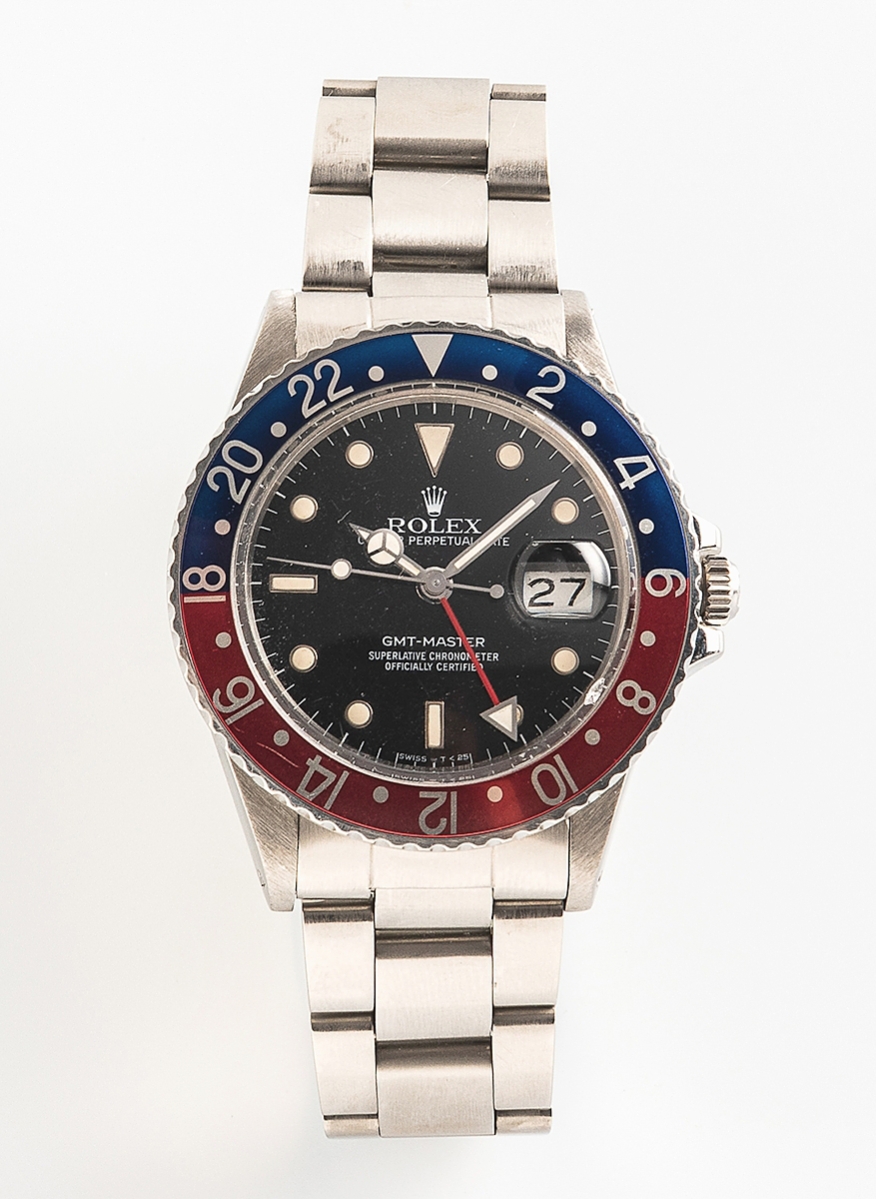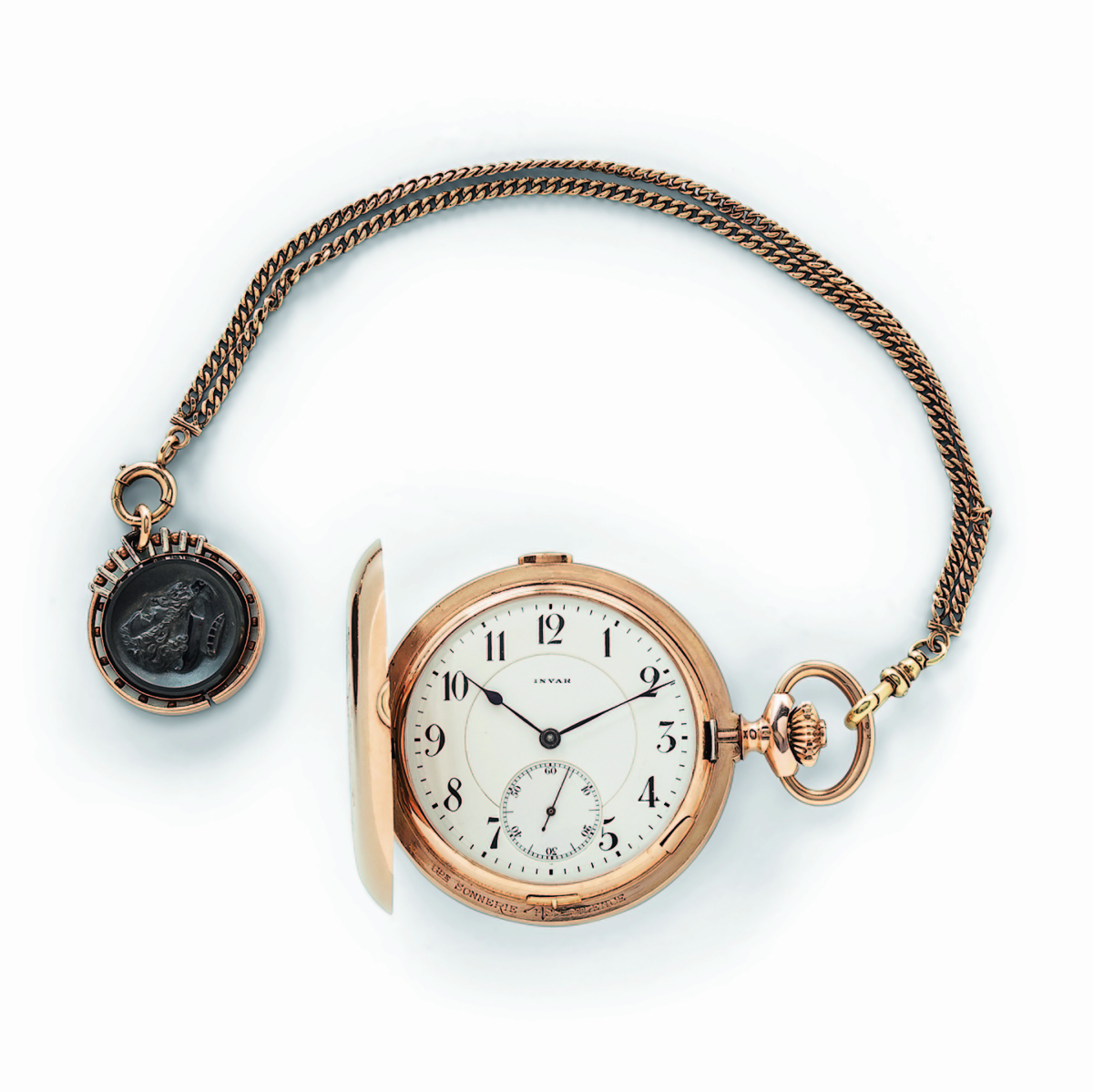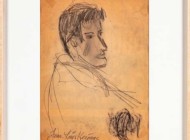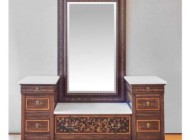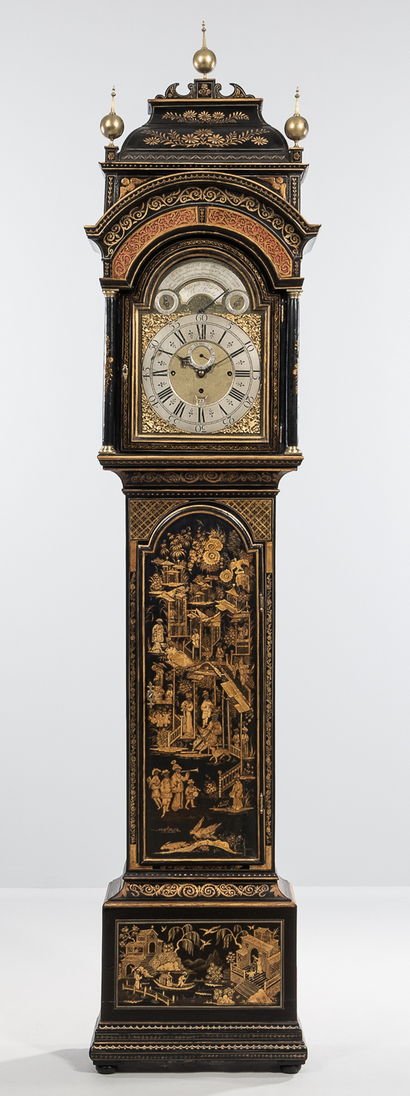
The sale was led by an English quarter-striking musical longcase clock by St Neots maker Joseph Eayre. The case featured all over japanning and the example went out at $21,250.
Review by Greg Smith, Photos Courtesy Skinner Inc
MARLBOROUGH, MASS. – Skinner’s Clocks, Watches & Scientific Instruments sale that ended April 29 was led not by a modern wristwatch, but tall case clocks.
Coming in at $21,250 was an English japanned longcase clock by St Neots maker Joseph Eayre, circa 1765. The black and gilt japanned decoration was featured throughout, surmounted by three original brass finials. The quarter-striking musical movement was described in Gary R. Sullivan and Kate Van Winkle Keller’s exhibition catalog for “Keeping Time, Musical Clocks of Early America 1730-1830” at the Willard House & Clock Museum.
Just behind at $18,750 was an inlaid mahogany tall clock by Roxbury, Mass., maker Simon Willard, circa 1795. The case featured a flame mahogany veneer with satinwood banding on ogee bracket feet, the face with a moon’s phase and pierced hands. The inside of the case’s door revealed the original instructions as well as some pencil-inscribed notes indicating its cleaning regimen, including one cleaning in 1839 and another in 1844.

A patinated and gilt-brass figural mystery clock from French maker A Guilmet soared to $18,750. It measured 42 inches high.
Two banjo clocks from Aaron Willard Jr sold near each other. The higher $2,875 was paid for a cherry wood-front example with carved floral finial and the lower box with an oval glass aperture. At $2,000 was a circa 1815 example with a mahogany case set with replaced reverse painted tablets to the throat and box.
Bidders chased a Newport block and shell mahogany tall clock to $11,875. Skinner said it was made by Rhode Island Quaker David Williams, circa 1800. A newspaper inside the hood dated to 1820. By 1800, Williams was operating at the corner of Duke and Queen Streets and over the next 23 years would become one of the most prolific of the Newport clockmakers. He was known to consign his works for resale to other Quaker retailers, including Quaker cabinetmaker Samuel Wing, according to Jobe, Sullivan & O’Brien in Harbor & Home: Furniture of Southeastern Massachusetts. According to Patricia Kane in Art & Industry in Early America: Rhode Island Furniture, 1850-1830, it was the banjo clocks of nearby Simon Willard combined with cheap clocks produced in Connecticut factories that put a nail in the coffin of the Rhode Island clockmakers.
From Waltham came a later example, a mahogany and gilt-front lyre banjo clock, circa 1930, that sold for $12,500. From the time of its manufacture until 1992, the clock was displayed at Frederick J. Shepard’s house at 31 Chestnut Street in Boston. It then passed through his descendants.

Simon Willard produced this tall case clock with mahogany veneer and satinwood banding on the case. It dated to 1795 and sold for $18,750.
Howard & Co produced a special order walnut wall regulator that brought $16,250. Circa the 1860s, the firm said it was an unusual form with a carved and incised case and a multi-stepped hinged bezel with a carved floral decorated pedestal. At $10,625 was a No. 6 “figure eight” cherry wall regulator.
French makers found their leader in an A. Guilmet patinated and gilt-brass figural Mystery Clock from the late Nineteenth Century. Skinner wrote, “The unseen relationship between the mechanism and figure is where the mystery lies. Placing the figure above an internal post connected to the crank and stirrup escapement allowed the figure to oscillate imperceptibly, and that motion would trigger the impulse for the pendulum.” The work, 42 inches high, sold for $18,750.
All prices reported include buyer’s premium. For information, www.skinnerinc.com or 508-970-3211.

